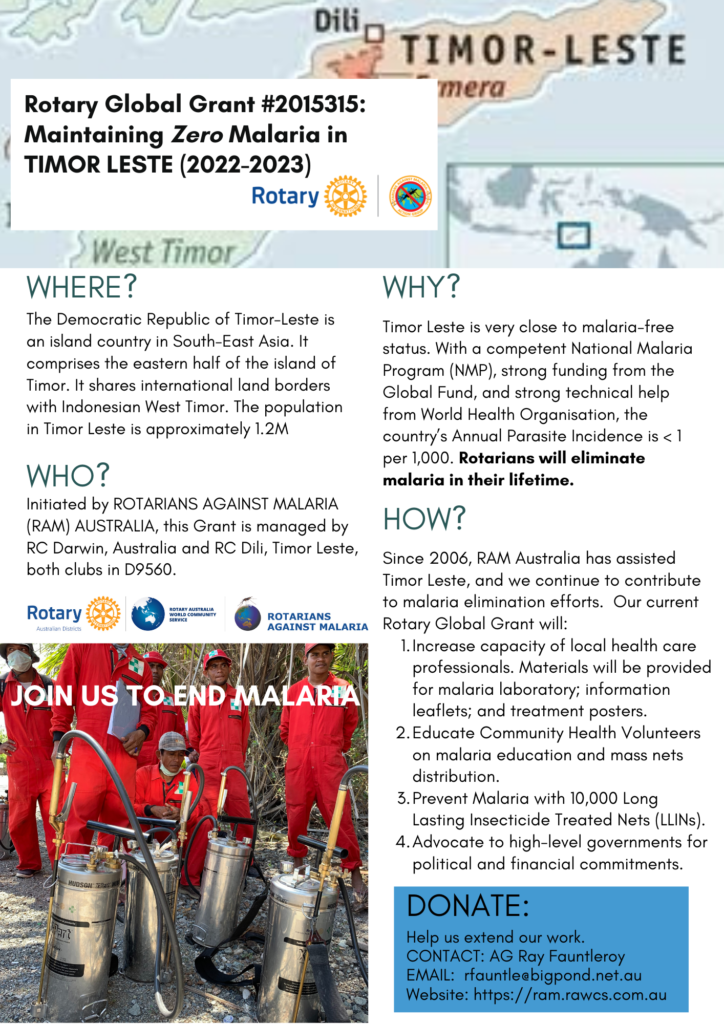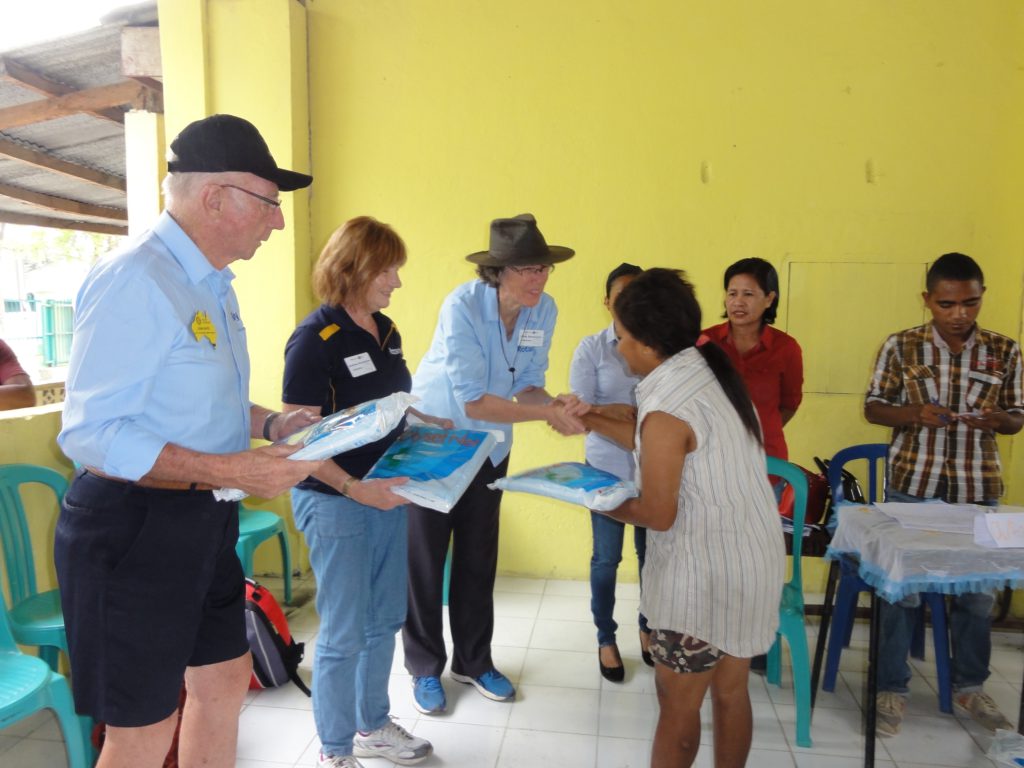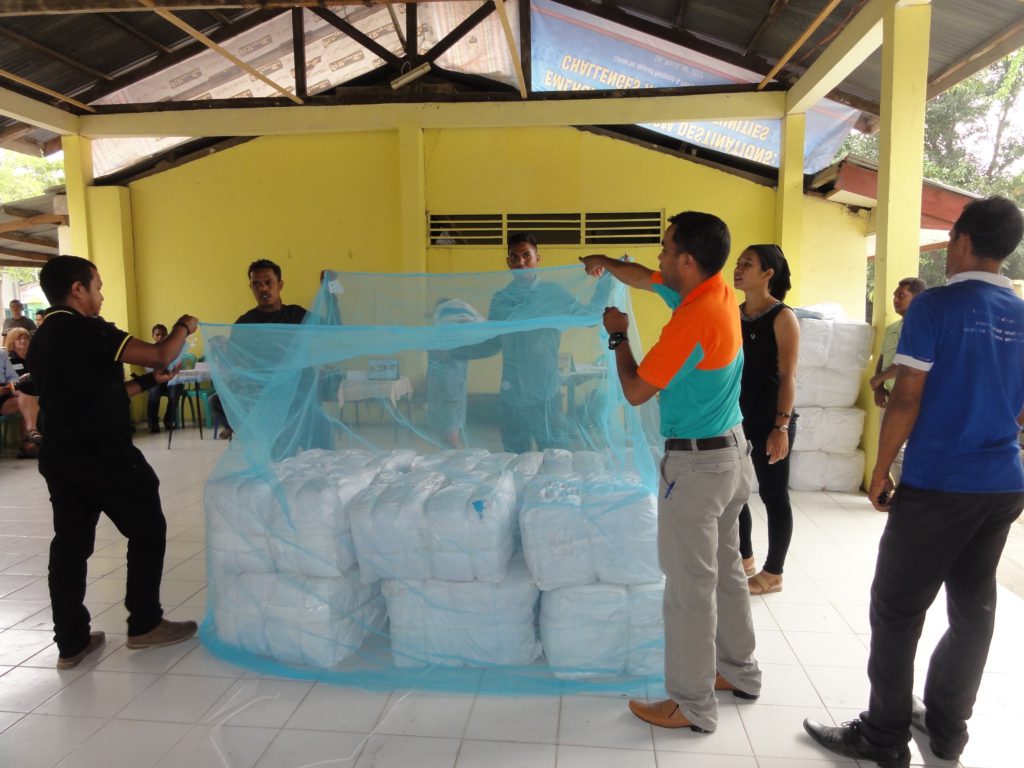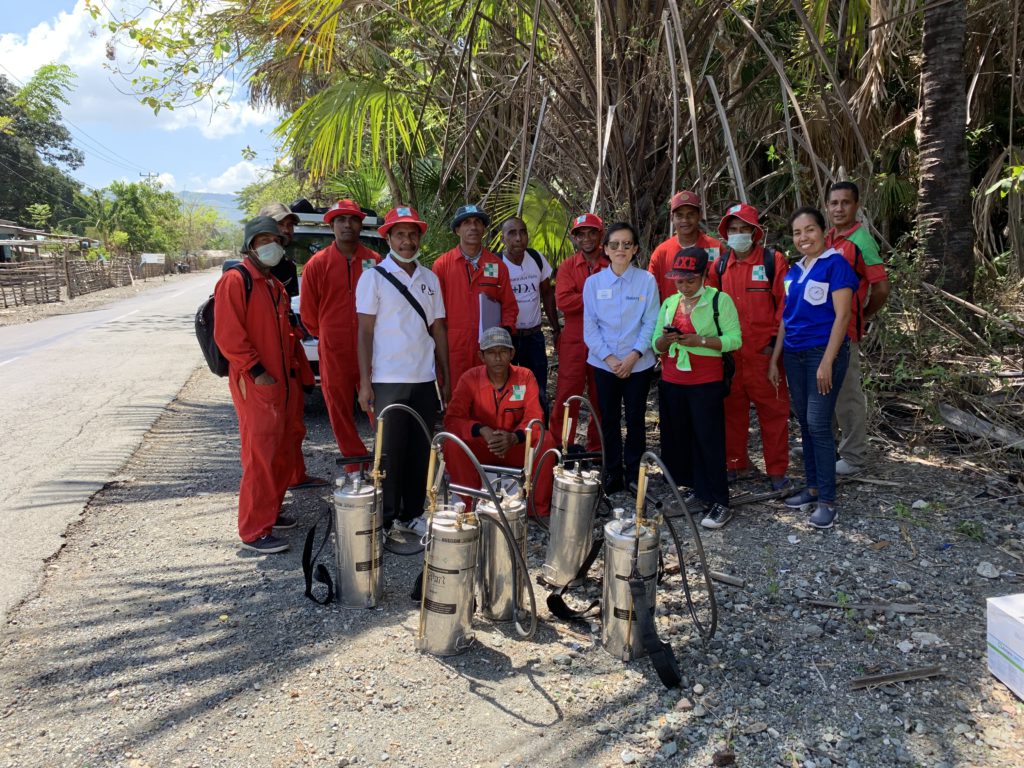Timor Leste: A Profile
Written by Jenny Kerrison, PhD, D.Ed., RN, RM, RAM Australia
Introduction
The information contained in this section was from Yapabandara, M. (2022), XSPI-RAM Taskforce Report, Scoping Study and Gap Analysis for Acceleration of Malaria Elimination in Timor Leste. Unpublished. (p.28 – 32).
Timor Leste
The Democratic Republic of Timor-Leste is an island country in South-East Asia. It comprises the eastern half of the island of Timor, the nearby islands of Atauro and Jaco, and Oecussi, an exclave on the northwestern side of the island surrounded by Indonesian West Timor (Map 1). Australia is the country’s southern border neighbor separated by Timor Sea. The island of Timor is located at coordinates between 8°50′S and 125°55′E, and the country covers a total area of 14,918.7 square kilometers (General Directorate of Statistics 2015).
The country is divided into 13 municipalities (formerly called districts) which includes Dili, the capital of the country. In 2015, there were 1,183,643 population with 39% of the population under 15 years and a national median age of 19 years (General Directorate of Statistics, 2016).

Economy
Timor Leste has a market economy that depends upon exports of a few commodities such as coffee, marble, oil, and sandalwood. Timor now has revenue from offshore oil and gas reserves. Most of the population is engaged in subsistence farming. In 2014, 42% of the population was living in poverty. The economy is dependent on government spending and, to a lesser extent, assistance from international donors.
Malaria epidemiology
Malaria was a major public health problem in the country 15 years ago. The incidence of malaria decreased from 223,002 cases in 2006 to no indigenous malaria cases from June 2017 to July 2020 (Graph 1 below). In addition, an API less than 1 was reported starting from 2013 to date. In 2018 and 2019, 8 and 9 cases of imported malaria, respectively, were reported.
In 2020, 14 cases of malaria were reported in the country, of which, 3 were indigenous and 4 were introduced malaria cases after the emergence of the COVID 19 pandemic in the country. The first indigenous malaria case was reported in August 2020 in Nitibe administrative post of Oecusse municipality which is enclaved by West Timor, Indonesia. There were delays in the delivery of routine malaria prevention interventions including surveillance and vector control; in addition, malaria staff was reassigned to carry out other activities to support COVID related work. There have been zero cases of malaria reported in 2021 and no malaria deaths since 2015.

Key drivers of success
The overall success in malaria elimination in Timor Leste were due to two key factors, these were the long term financial support for the National Malaria Programme from the Global Fund to Fight AIDS, Tuberculosis and Malaria (the Global Fund), and the continuous long term access to World Health Organisation (WHO) international malaria technical expert.
The malaria interventions consisted of intensive malaria control and elimination effort over 10 years 2010-2019 that were based on diagnosis using Rapid Diagnostic Test Kits (RDTs) and malaria microscopy, effective treatment using artemisinin –based combination medicine (ACTs), and implementation of evidence based vector control programmes such Long Lasting Insecticidal Nets and Indoor Residual Spraying, and strong Monitoring and Evaluation.
Key challenges
Cross border collaboration
With a porous border, strengthening program on any one side will not result in prevention, and elimination of any of these diseases. Cross border collaboration for malaria elimination between Indonesia and Timor Leste was initiated. Two “Cross Border Initiative collaboration meeting” between Indonesia and Timor Leste were held in Bali in 2017 and Dili, Timor Leste and MOUs were signed. Framework of agreement with the action plan 2019-2020 was signed in Atambua, District Belu, Indonesia, in August 2019. However, activities planned as per the action plan could not be implemented due to the emergence of COVID 19 pandemic situation in both countries. The Timor Leste National Malaria Programme (NMP) has implemented most of the activities included in the action plan, independently. However, data were not shared with Indonesia due to the unavailability of a formal mechanism. New MOU 2022-2023 was signed on the 4th of February between Indonesia and Timor Leste and action plan 2022-2023 will need to be developed. Cross Border Collaboration needs to be strengthened.
COVID-19 pandemic
The COVID-19 pandemic has had an undeniable impact on near-elimination country like Timor Leste. Now the country in back on track by reporting zero indigenous malaria cases in 2021. To prevent local transmissions at border municipalities in Timor Leste, the malaria programme at these municipalities must be ever vigilant and build the capacity to respond even in a pandemic such as COVID 19.
Funding to prevent malaria re-establishment
The Timor Leste NMP is largely funded by the Global Fund and government funds. This raises major concerns with regard sustainability of the NMP and the prevention of re-establishment of malaria in the country. However, in February 2022, the government committed to recruitment of technical officers as government funded staff and this is likely to continue as funding from the Global Fund decreases over the coming years. The commitment is critical for sustainability and strengthening of malaria elimination and prevention of re-introduction of malaria in the country.
References
General Directorate of Statistics, Timor Leste (2017). Timor-Leste in Figures 2015. Dili, Government of Timor Leste.
Asian Development Bank. Poverty in Timor Leste. https://www.adb.org/countries/timor-leste/poverty (accessed on 22nd January, 2020)
Visit to Timor Leste in 2017 with the RAM Small Team
Rotary Global Grant #2015315 from 2022 & 2023

Rotary Global Grant #1866289 from 2018 – Early 2022, including two visits in 2018 and 2019
Last updated 5 June 2022




